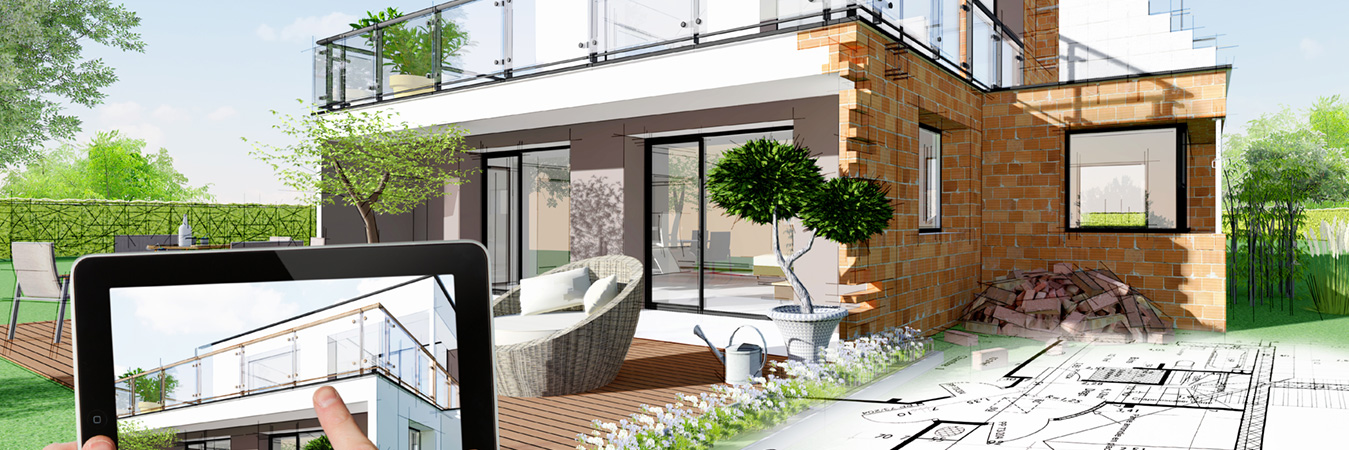Under Construction vs. Ready-to-Move-In Flats: A Quick Guide
When it comes to purchasing a new apartment, one of the crucial decisions to make is whether to opt for an under-construction property or a ready-to-move-in flat. Each option has its own set of advantages and considerations. In this blog, we provide a quick guide to help you understand the key differences between under-construction and ready-to-move-in flats, helping you to make an informed decision based on your preferences and requirements.
What Are Under Construction Flats And Ready To Move In Flats?
a) Under Construction Flats
Under construction flats are properties that are still in the process of being built or are in various stages of development. These properties are typically purchased by buyers before their completion. Buyers invest in under-construction flats based on the developer's proposed plans, designs and specifications. The construction process can vary in duration depending on the size and complexity of the project, ranging from a few months to a couple of years. Buyers usually pay the purchase price in instalments as the construction progresses, according to a predefined payment schedule. Once the construction is complete, the buyers receive possession of their flats.
b) Ready-To-Move-In Flats
As the name suggests, ready-to-move-in flats are properties that are already completed and ready for immediate occupancy. These flats have undergone the entire construction process and are fully built, including the structure, interiors and amenities. Buyers can purchase ready-to-move-in flats and move in immediately after completing the necessary legal formalities and payment. These properties offer the advantage of instant possession, eliminating the waiting period associated with under-construction projects. Ready-to-move-in flats are often preferred by buyers who require immediate accommodation or rental income without any construction-related hassles.
Difference Between Under Construction & Ready-To-Move-In Flats
1. Status
- Under construction flats are properties that are still in the process of being built or are at various stages of construction.
- Ready-to-move-in flats are properties that have completed construction and are ready for immediate occupancy.
2. Customization
- Buyers of under construction flats often have the opportunity to customize certain aspects of the property, such as choosing finishes, fixtures and layout modifications, according to their preferences.
- Unlike under construction flats, ready-to-move-in flats generally offer limited scope for customization as the property is already built. Buyers may have to settle for the existing design and finishes unless they choose to undertake renovation or remodelling.
3. Payment Structure
- The payment for under construction flats is typically done in installments based on the progress of the construction. Buyers usually pay a booking amount followed by periodic payments as specified in the agreement with the developer.
- Payment for ready-to-move-in flats is typically made in a lump sum upfront or within a specified timeframe.
4. Possession Timeframe
- The possession of under construction flats is subject to the completion of the construction process, which can vary in duration depending on the size and complexity of the project. Delays in construction timelines can sometimes occur, extending the possession timeframe.
- Buyers of ready-to-move-in flats can move in immediately after completing the necessary legal formalities and making the full payment.
5. Potential Price Advantage
Under-construction flats may be relatively more affordable compared to ready-to-move-in flats, making them an attractive option for buyers with a limited budget.
Points To Consider, While Choosing An Under-Construction Property And Ready To Move In Flats
When choosing an under-construction property or a ready-to-move-in flat, here are some important points to consider:
a) For Under-Construction Property:
- Developer Reputation: Research the developer's track record, reputation, and previous project deliveries to assess their reliability and credibility. Opt for Grade A developers like Lodha, Oberoi Realty, Godrej and so on.
- Construction Timeline: Evaluate the estimated completion timeline and potential delays to manage your expectations and plan accordingly.
- Legal and Regulatory Compliance: Ensure the project has obtained all necessary approvals and adheres to local building regulations.
- Project Location: Consider the location's connectivity, infrastructure, amenities and potential for future growth and appreciation.
- Payment Structure: Understand the payment schedule, instalment plans and any associated penalties or interest charges.
- Construction Quality: Research the construction quality, materials used and the developer's commitment to delivering a high-standard product.
b) For Ready-to-Move-In Flats
- Property Condition: Inspect the flat thoroughly for any maintenance issues, defects, or repairs before finalizing the purchase.
- Location and Amenities: Assess the proximity to essential facilities like schools, hospitals, shopping centres and transportation options.
- Resale Value: Evaluate the resale potential of the flat by considering market demand and property appreciation in the area.
- Legal Documentation: Verify all legal documents, such as completion certificates, occupancy certificates and property ownership papers.
- Home Loan Availability: Check if the property is eligible for home loans and compare financing options to secure the best deal.
- Society and Maintenance Charges: Inquire about the monthly maintenance charges, society rules and facilities provided to residents.
Choosing between under-construction and ready-to-move-in flats depends on various factors, including your immediate needs, budget, risk appetite, and patience. Under-construction properties offer customization potential and lower initial costs but come with the risks of delays and uncertainties. Ready-to-move-in flats provide immediate possession and established infrastructure but may be comparatively more expensive and offer limited customisation options.
Ultimately, it is essential to thoroughly evaluate your priorities and consult with real estate professionals to make an informed decision that aligns with your lifestyle and long-term goals. Remember to consider the reputation of the developer, project location, and legal aspects before making a final choice.

